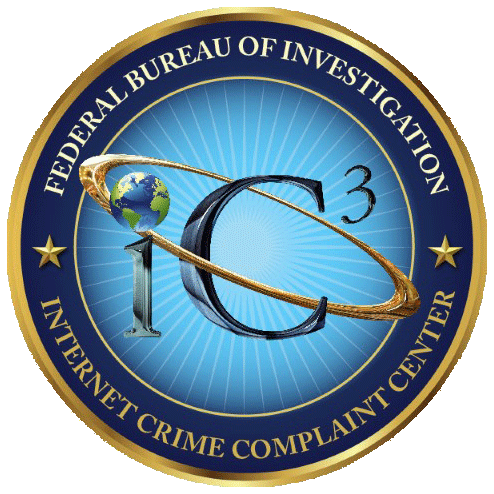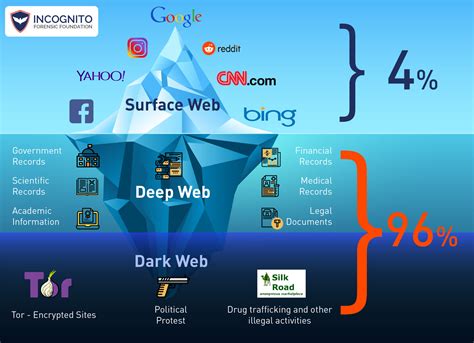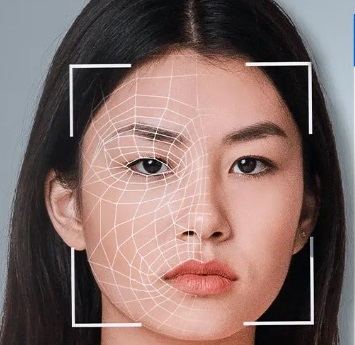MILITARY APPRECIATION MONTH 2024

(Reprinted with permission from military.com)
Congress designated May as National Military Appreciation Month in 1999 to ensure the nation was given the chance to publicly show their appreciation for troops past and present. It serves as a reminder of the profound contributions made by service members.
Six Primary Military Appreciation Month Observances & Events
Loyalty Day
Date: Monday, May 1, 2024
About: Loyalty Day kicks off our Nation’s month-long military appreciation celebration. It is a day set aside for the reaffirmation of loyalty to the United States, and to reflect on the proud heritage of our American freedom.
Public Service Recognition Week (PSRW)
Date: Sunday, May 5 – Saturday, May 11, 2024. Celebrated the first full week in May.
About: A time set aside to honor the men and women who serve our nation as federal, state, county, and local government employees and ensure that our government is the best in the world.
Victory in Europe Day AKA V-E Day or VE Day
Date: Monday, May 8th, 2024
About: May 8th, 1945 is the day when Germans throughout Europe unconditionally surrendered to the Allies. This day marked the end of World War II in Europe.
Military Spouse Appreciation Day
Date: Friday, May 10th, 2024. Traditionally set for the Friday before Mother’s Day.
About: A day to honor military spouses with appropriate ceremonies and activities. Recognizes the important role our military families play in keeping our Armed Forces strong and our country safe.
Armed Forces Day
Date: Saturday, May 18, 2024. Celebrated on the third Saturday in May every year.
About: A single holiday for citizens to come together and thank our military members for their patriotic service in support of our country. This day honors everyone serving in the U.S. Military branches; Air Force, Army, Coast Guard, Marines, Navy, and Space Force. There is also Armed Forces Week which typically leads up to Armed Forces Day. Although it is not an official observance, many activities are planned nonetheless during the week.
Memorial Day
Date: Monday, May 27, 2024. A Federal holiday observed on the last Monday in May.
About: A remembrance of our veterans. Commemorates the men and women who died while in military service. All Americans are encouraged to pause, wherever they are, at 3:00 pm local time for a minute of silence.
Additional Military Appreciation Month Recognitions
Month of the Military Caregiver
Date: Month of May
About: Honors more than five million caregivers in the U.S. and pays tribute to the people who care for more than two million veterans.
Silver Star Service Banner Day
Date: Monday, May 1, 2024
About: Recognizes those who have been awarded The Silver Star Medal, and remembers the sacrifices of our wounded and ill veterans.
National Day of Prayer
Date: Thursday, May 4, 2024
About: The day is non-sectarian /non-partisan, meaning that western religions such as Judaism, American Christianity, and other familiar faiths may be represented (by attendance) alongside Wicca, Unitarian Universalism, and non-western traditions such as Buddhism, Islam, and others. No specific belief is intended to be promoted above another.
Children of Fallen Patriots Day
Date: Saturday, May 13, 2024
About: Honors and raises awareness of the sacrifices and struggles the children of fallen patriots must endure in the wake of their parents’ death.
God bless the United States of America and our long line of proud servicemembers- active duty, retired, veterans- those past and those future. Stay safe, always.

National Police Week 2024
National Police Week offers honor, remembrance, and peer support, while allowing law enforcement, survivors, and citizens to gather and pay homage to those who gave their lives in the line of duty.
HISTORY
In 1962, President John F. Kennedy signed a proclamation which designated May 15 as Peace Officers Memorial Day and the week in which that date falls as Police Week. Currently, tens of thousands of law enforcement officers from around the world converge on Washington, DC to participate in a number of planned events which honor those that have paid the ultimate sacrifice.The Memorial Service began in 1982 as a gathering in Senate Park of approximately 120 survivors and supporters of law enforcement. Decades later, the event, more commonly known as National Police Week, has grown to a series of events which attracts thousands of survivors and law enforcement officers to our Nation’s Capital each year.The National Peace Officers Memorial Service, which is sponsored by the Grand Lodge of the Fraternal Order of Police, is one in a series of events which includes the Candlelight Vigil, which is sponsored by the National Law Enforcement Officers Memorial Fund (NLEOMF) and seminars sponsored by Concerns of Police Survivors (C.O.P.S.)National Police Week draws in between 25,000 to 40,000 attendees. The attendees come from departments throughout the United States as well as from agencies throughout the world. This provides a unique opportunity to meet others who work in law enforcement. In that spirit, the Fraternal Order of Police DC Lodge #1 sponsors receptions each afternoon and evening during Police Week. These events are open to all law enforcement personnel and are an experience unlike any other.
A Police Officer’s Prayer
Oh Almighty God,
Whose Great Power and Eternal Wisdom Embraces the Universe,
Watch Over All Policemen and Law Enforcement Officers.
Protect Them from Harm in the Performance of Their Duty to Stop Crime, Robberies, Riots, and Violence.
We Pray,
Help Them Keep Our Streets and Homes Safe Day and Night.
We Recommend Them to Your Loving Care Because Their Duty is Dangerous.
Grant Them Your Unending Strength and Courage in Their Daily Assignments.
Dear God,
Protect These Brave Men and Women,
Grant Them Your Almighty Protection,
Unite Them Safely with Their Families After Duty Has Ended.
Amen.
We ask for the protection of His Grace for all of our police and peace officers. Be safe.


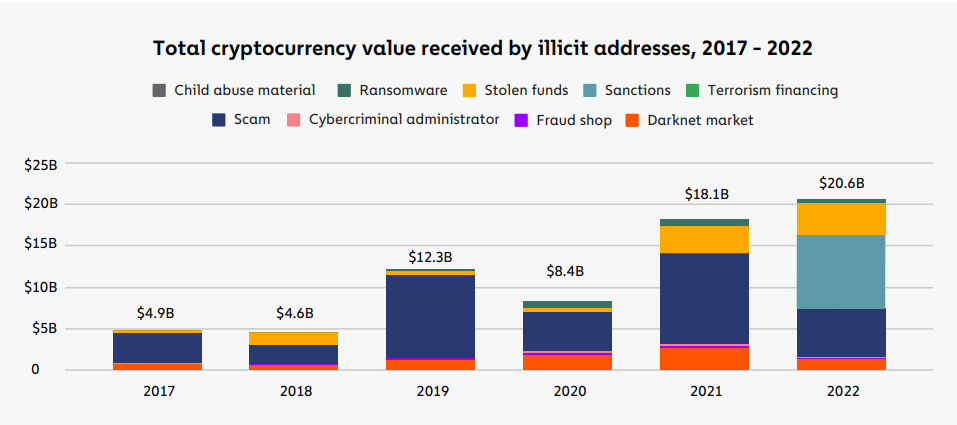
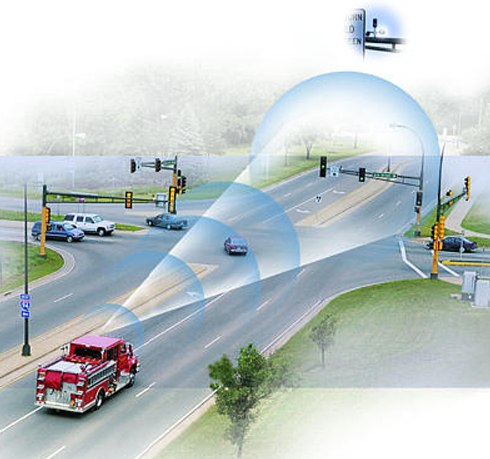



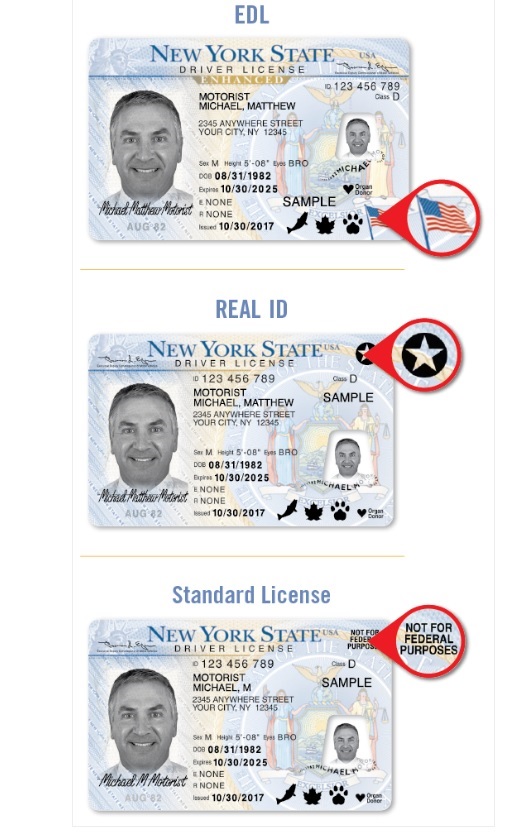
 See
See  see
see 